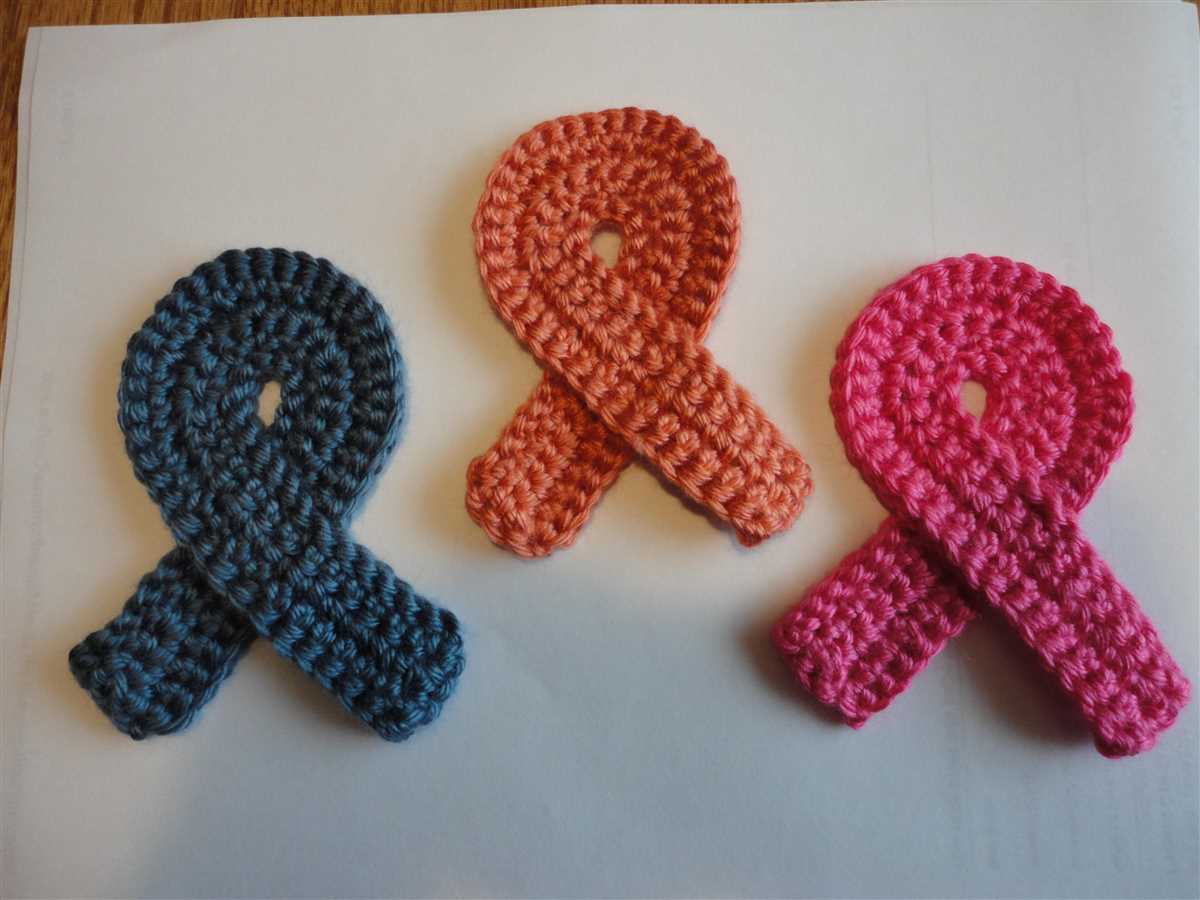
Knitting can be a fulfilling and meaningful hobby, allowing one to create beautiful and functional items. One such item that can bring comfort to those going through chemotherapy is a cancer cap. These caps are designed to provide warmth and style to individuals experiencing hair loss due to cancer treatment.
There are numerous cancer cap knitting patterns available, allowing knitters to create unique and personalized headwear. The patterns range from simple and basic designs to more intricate and decorative styles. Some patterns incorporate lace, cables, or colorwork to add extra flair. Whether you prefer a classic beanie style or a slouchy hat, there is a cancer cap knitting pattern to suit everyone’s taste.
Not only are these caps functional and fashionable, but they also serve a deeper purpose. Cancer caps provide a physical and emotional comfort to patients by offering a sense of normalcy during a challenging time. Knitting a cancer cap for someone undergoing chemotherapy is a way to show love, support, and solidarity. It is a small gesture that can make a significant impact on someone’s journey through cancer treatment.
Furthermore, cancer cap knitting patterns are often accompanied by detailed instructions and guidelines to ensure the caps are soft, breathable, and gentle on sensitive scalps. They are typically made with soft yarns like cotton or bamboo that provide comfort and reduce any potential irritation. Some patterns also include variations for different head sizes, making it easier to create a perfect fit for the recipient.
Why knitting caps is important for cancer patients
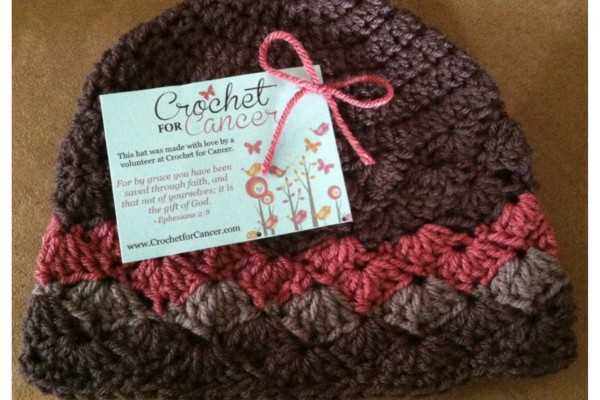
Cancer treatment often leads to hair loss, and many cancer patients find this side effect to be emotionally challenging. Losing one’s hair can be a stark reminder of the illness and can affect a person’s self-esteem and body image. This is where the act of knitting caps for cancer patients becomes incredibly important.
Providing comfort and warmth: Knitted caps offer practical benefits by providing warmth to patients, especially during chemotherapy sessions, which can leave individuals feeling cold and vulnerable. These handmade caps offer a layer of comfort and protection, allowing patients to maintain a sense of warmth and security during their treatment.
Boosting self-confidence: The act of knitting caps for cancer patients also has significant psychological benefits. Wearing a knitted cap made with love and care can help boost a patient’s self-confidence and self-esteem. It provides them with a tangible reminder that they are not alone in their battle against cancer and that there are people out there who care about their well-being.
Expressing compassion and support: Knitting caps for cancer patients is an act of compassion and support. By dedicating time and effort to create these caps, knitters are showing their solidarity with cancer patients, letting them know that they are not alone in their journey. The caps become symbols of hope and love, and the act of gifting them provides an emotional lifeline to those going through a difficult time.
Encouraging community involvement: Knitting caps for cancer patients also brings communities together. Knitters often form groups or participate in events where they can connect and share their experiences. This sense of community and collective effort creates a support system not only for the patients but also for the knitters themselves, fostering a sense of belonging and purpose.
Customization and personalization: Knitted caps can be customized to suit individual preferences, allowing patients to express their personal style and taste. Whether it’s a specific color, pattern, or embellishment, these caps can help patients feel more like themselves, even during their treatment. The ability to personalize the caps adds an extra layer of care and thoughtfulness to each one.
In conclusion, knitting caps for cancer patients serves a much greater purpose than just providing warmth. It offers emotional support, boosts self-confidence, and builds a sense of community and belonging. By knitting caps, individuals can make a significant impact on the well-being and outlook of cancer patients, providing them with comfort, love, and hope throughout their journey.
Tips for choosing the right yarn for cancer caps

When knitting cancer caps, it’s important to choose the right yarn to ensure comfort and practicality for the recipients. Here are some tips to help you select the perfect yarn for your project:
1. Soft and gentle fibers

Opt for yarns that are made from soft and gentle fibers, such as cotton or bamboo, to minimize any potential irritation on sensitive scalps. These types of yarns are breathable and provide a comfortable fit for those undergoing cancer treatments.
2. Lightweight and breathable
Choose yarns that are lightweight and breathable, as cancer patients may experience changes in their body temperature and may feel hot or sweaty. Yarns with good airflow will help keep the caps comfortable and prevent overheating.
3. Moisture-wicking properties
Look for yarns that have moisture-wicking properties, as they can efficiently absorb moisture and keep the scalp dry. This is especially crucial for cancer patients who may experience excessive perspiration due to treatments.
4. Easy to care for
In order to provide convenience for the recipients, select yarns that are easy to care for. Machine-washable and durable yarns will ensure that the cancer caps can be cleaned and maintained without much effort.
5. Consider the color
While the primary consideration is the comfort and practicality of the yarn, you can also think about incorporating colors that bring joy and positivity to the recipient. Bright and cheerful colors can help uplift spirits during challenging times.
By considering these tips when selecting yarn for cancer caps, you can create thoughtful and comfortable headwear that will be appreciated by those undergoing cancer treatments. Your efforts can make a difference in their journey.
Step-by-step guide on how to knit a cancer cap
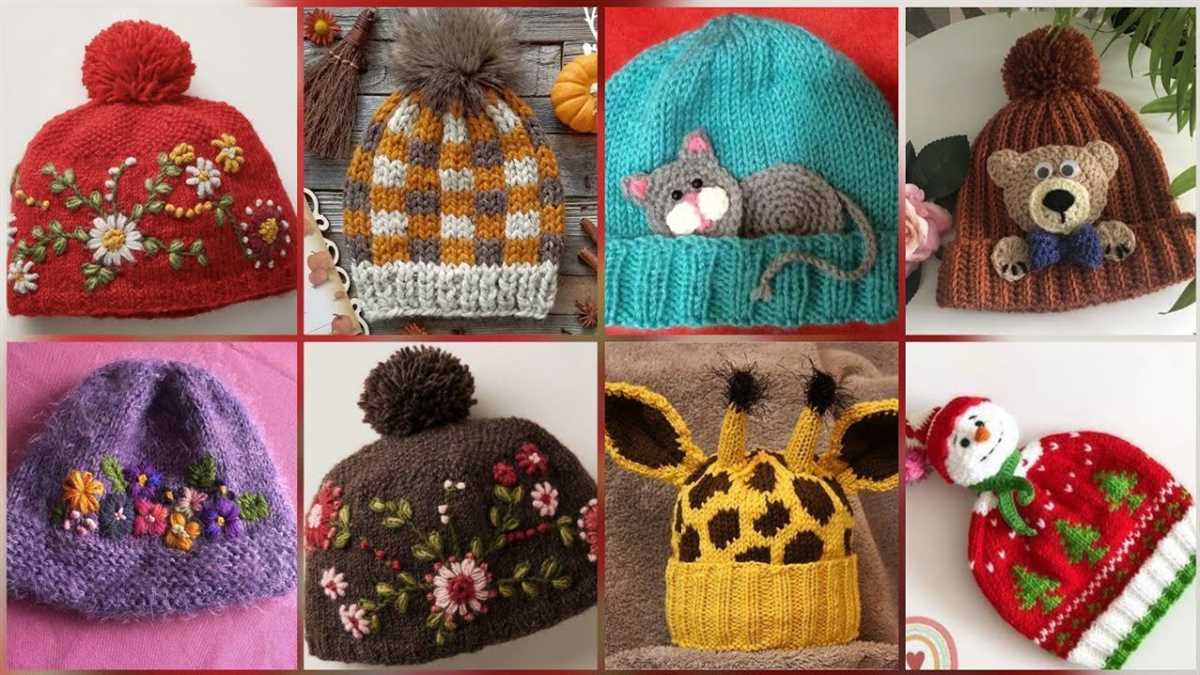
Knitting a cancer cap is a wonderful way to show support and warmth to those going through cancer treatment. Here is a step-by-step guide to help you create a handmade cap that will bring comfort to someone in need.
Materials you will need:
- Soft yarn (preferably acrylic or cotton)
- Knitting needles (size 8-10)
- Scissors
- Tapestry needle
Step 1: Choose your yarn
Start by selecting a soft and comfortable yarn in a color of your preference. It is recommended to use acrylic or cotton yarn as these materials are gentle on the scalp and skin.
Step 2: Determine the size
Cancer caps should be snug and provide a comfortable fit. Measure the head circumference of the recipient or refer to standard hat sizing charts to determine the appropriate size. This will help you decide how many stitches to cast on.
Step 3: Cast on stitches
Using your chosen yarn and knitting needles, cast on the required number of stitches. The long tail cast-on method is an excellent choice for creating a stretchy and flexible brim.
Step 4: Knit the body of the cap
Continue knitting in the round, using the stockinette stitch (knit one round, purl one round), until the cap reaches the desired length. Remember to keep track of your rows to ensure a consistent fit.
Step 5: Shape the crown
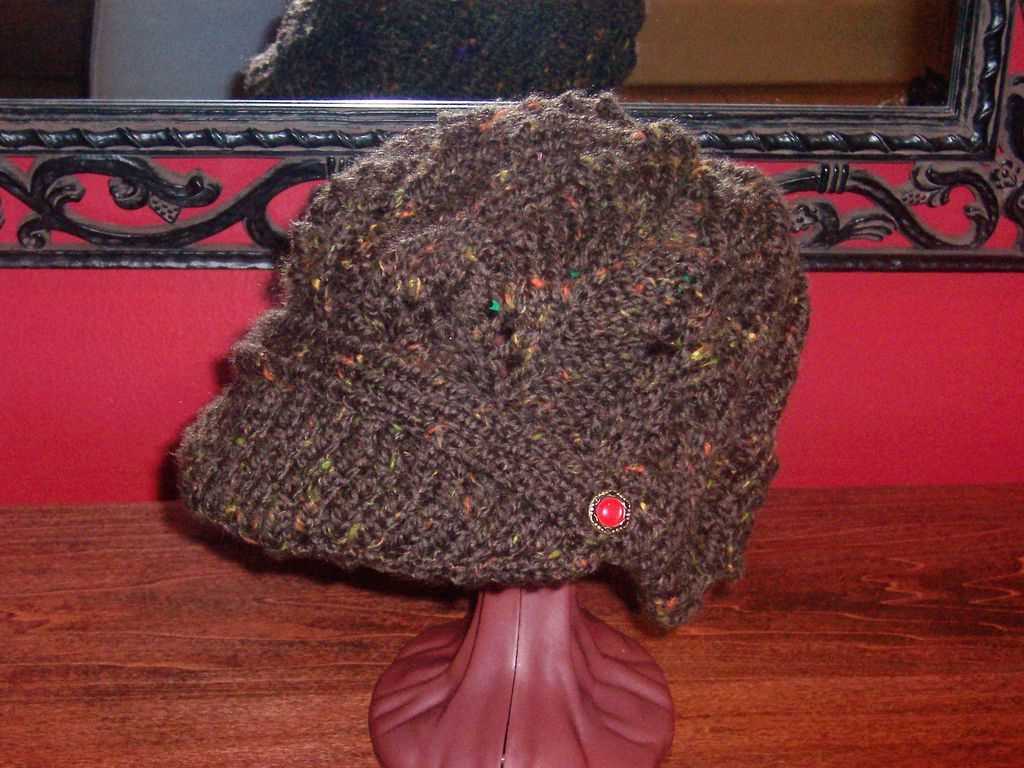
To shape the crown, start decreasing stitches gradually. You can use various decreasing methods like knit two together (k2tog) or slip, slip, knit (ssk) to create a smooth and seamless finish. Repeat the decrease stitches at regular intervals to shape the cap.
Step 6: Finish off
Once you have reached the last few stitches, cut the yarn leaving a long tail. Thread the tail through a tapestry needle and slide it through the remaining stitches. Pull tight to close the top of the cap. Weave in any loose ends and trim any excess yarn.
With these simple steps, you can create a cancer cap that not only provides practical comfort but also sends a heartfelt message of support and love. Your handmade cap will make a difference in someone’s life during their cancer journey.
Essential knitting techniques for cancer caps
When knitting cancer caps, it is important to use certain techniques to ensure that the caps are comfortable and suitable for patients undergoing cancer treatment. Here are some essential knitting techniques to consider:
1. Choosing the right yarn
When knitting cancer caps, it is important to choose a yarn that is soft, lightweight, and breathable. Many cancer patients may have sensitive scalps due to chemotherapy, so it is crucial to select a yarn that will not irritate the skin. Yarns made from natural fibers such as cotton or bamboo are often recommended for cancer caps as they provide comfort and breathability.
2. Using a seamless construction
To ensure maximum comfort, cancer caps should be knit using a seamless construction. This means that there are no seams or bulky seams that can cause irritation or discomfort for sensitive scalps. Seamless patterns or knitting in the round are ideal for cancer caps, as they create a smooth and continuous fabric that is gentle on the skin.
3. Providing enough stretch
Cancer caps should have enough stretch to fit comfortably on the head without being too tight or constricting. Incorporating stretchy stitches or using a pattern with ribbing can help achieve the desired stretchiness. It is important to consider the head circumference of the wearer and adjust the pattern accordingly to ensure a proper fit.
4. Adding a decorative touch
While functionality is important, adding a touch of creativity and personalization to cancer caps can help uplift the spirits of cancer patients. Consider incorporating simple decorative elements such as colorwork, stripes, or small embroidery details to add visual interest to the caps. This can make the caps feel more special and unique to the wearer.
By employing these essential knitting techniques, you can create cancer caps that are not only comfortable but also visually appealing for cancer patients going through a difficult time. Remember to always consult with local cancer centers or organizations to ensure that your handmade caps meet their specific requirements and guidelines.
How to Add Special Touches and Embellishments to Cancer Caps
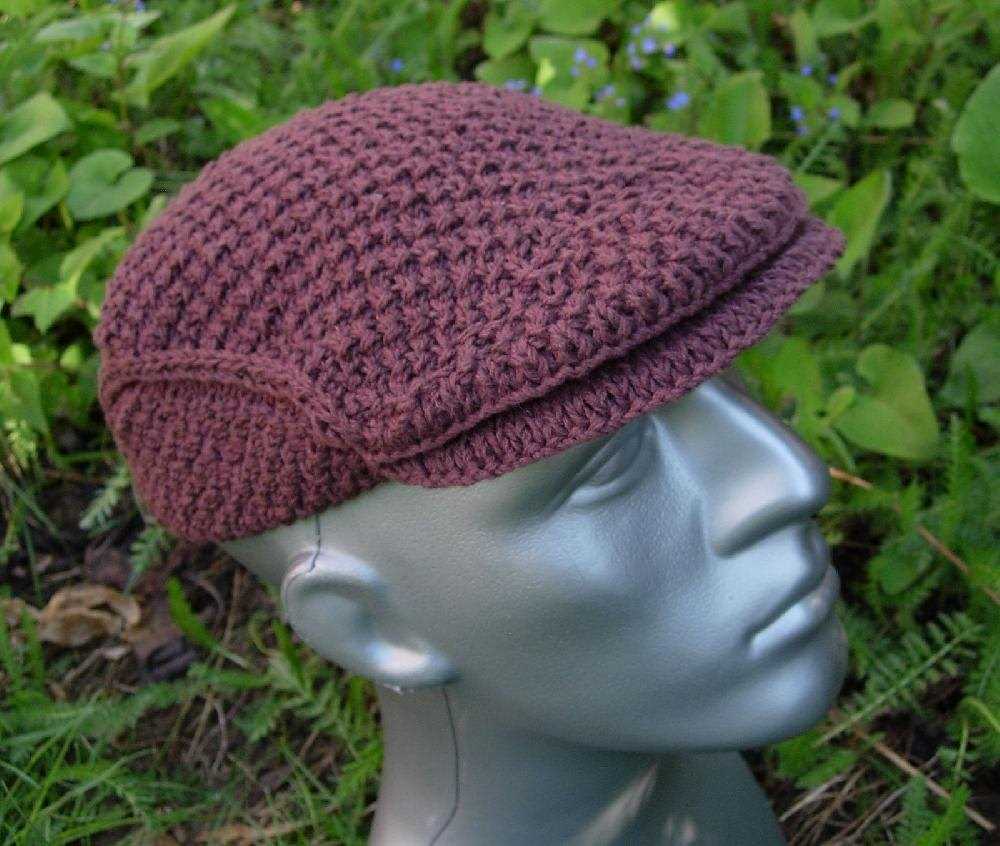
Knitting cancer caps is a heartfelt and practical way to support those going through cancer treatment. While the main goal is to create comfortable and warm headwear, adding special touches and embellishments can elevate these caps and bring joy to their recipients. Here are some ideas to consider:
1. Ribbons and Bows
By using ribbons and bows, you can add a touch of femininity and elegance to cancer caps. Consider knitting a small loop or strip at the front or side of the cap where a ribbon can be tied into a bow. This simple addition can make the cap feel more personalized and stylish.
2. Embroidered Designs
One way to make cancer caps truly unique is by incorporating embroidered designs. You can embroider small flowers, hearts, or other meaningful symbols onto the caps. Not only does this add visual interest, but it can also bring comfort and inspiration to the wearer.
3. Button Accents
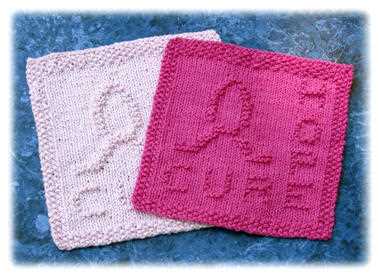
Add a touch of whimsy and personality to cancer caps by sewing on small buttons. You can choose buttons in various colors and shapes to match the recipient’s style or preferences. Just make sure the buttons are securely attached to prevent any choking hazards.
4. Beaded Details
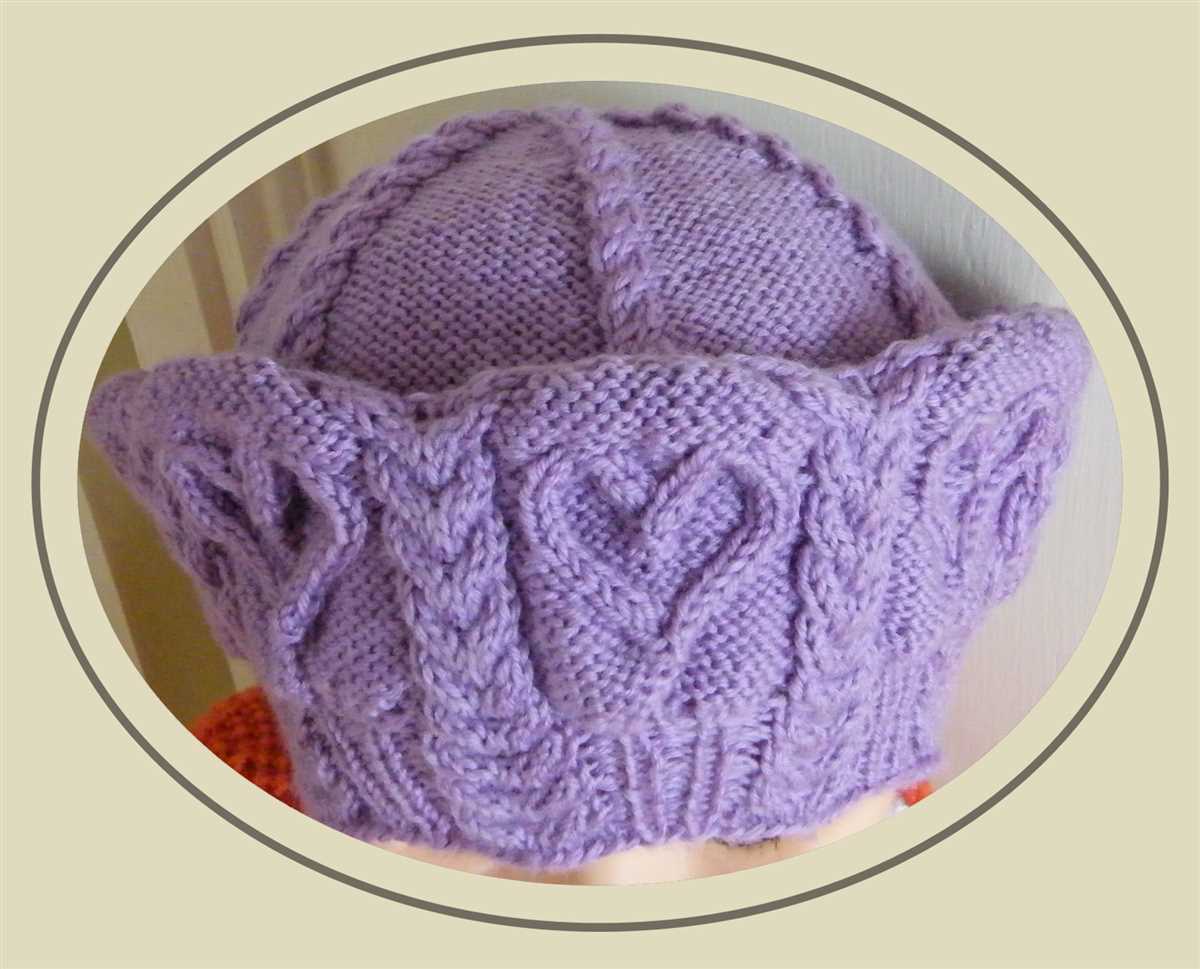
For a bit of sparkle and elegance, consider adding beaded details to cancer caps. You can incorporate beads into the knitting itself or sew them onto the finished cap. Be mindful of the size and weight of the beads to ensure they don’t cause any discomfort for the wearer.
Remember, when adding special touches and embellishments to cancer caps, prioritize comfort and safety. Avoid using any materials that may irritate the skin or cause allergies. Also, be mindful of any potential choking hazards, especially when adding small objects like buttons or beads. Ultimately, these special touches are meant to bring joy and a sense of individuality to the cancer caps, making them even more meaningful for those who receive them.
Adapting the cancer cap pattern for different head sizes
A cancer cap is an essential item for individuals undergoing chemotherapy treatment. It provides warmth and comfort to those who may have lost their hair due to the side effects of the treatment. However, it is important to ensure that the cap fits properly, as each individual’s head size can vary. Here are some tips on how to adapt the cancer cap knitting pattern for different head sizes.
- Measurements: Start by measuring the head circumference of the person who will be wearing the cap. This will give you an idea of the size you need to work with.
- Gauge swatch: Knit a small swatch using the same needles and yarn you plan to use for the cap. Measure the number of stitches per inch to determine your gauge. This will help you calculate the number of stitches you need to cast on for the desired size.
- Pattern adjustments: Once you have your measurements and gauge, you can make adjustments to the pattern. If the cap needs to be larger, you can cast on more stitches and/or increase the number of repeats in each section. If the cap needs to be smaller, you can cast on fewer stitches and/or decrease the number of repeats.
- Customization options: Consider adding a ribbed band to the bottom of the cap to provide a snug fit. You can also adjust the length of the cap based on the wearer’s preference.
- Testing: It is a good idea to knit a test cap before starting the final project, especially if you are making adjustments to the pattern. This will allow you to see how the cap fits and make any necessary modifications.
By adapting the cancer cap pattern for different head sizes, you can ensure that each individual receives a cap that fits comfortably and provides the necessary warmth and comfort during their treatment. Remember to always consider the measurements and gauge to make the necessary adjustments, and don’t forget to test your modifications before starting the final project.
Important considerations for knitting caps for children with cancer
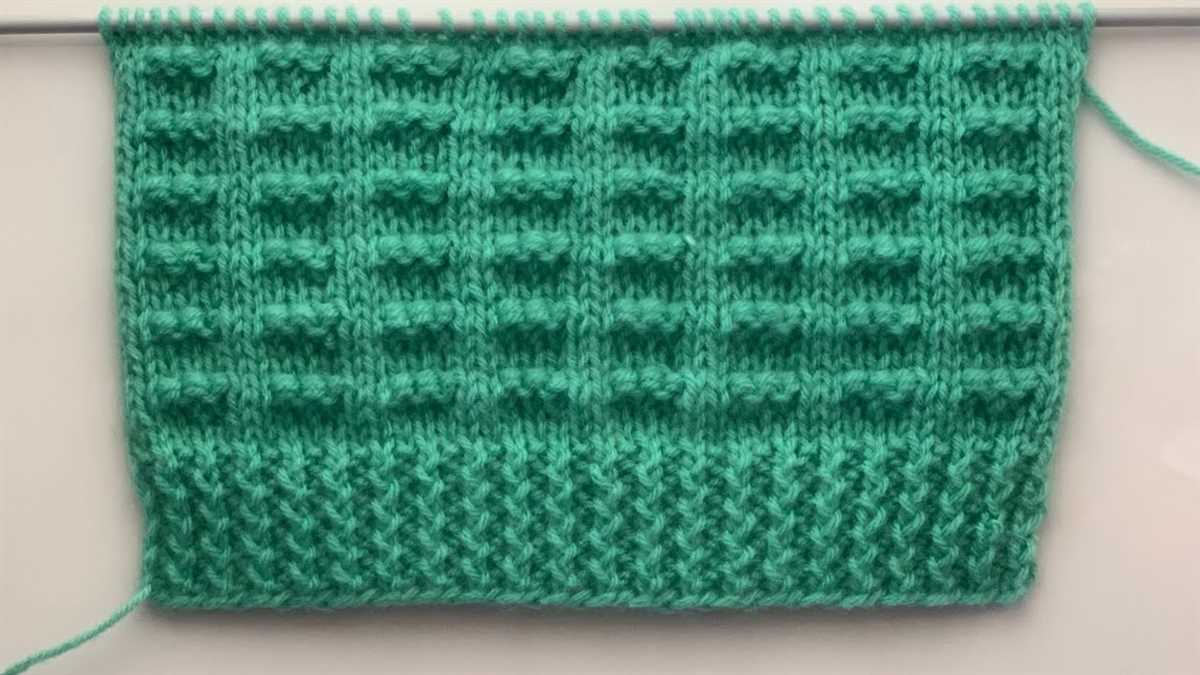
When knitting caps for children with cancer, there are several important considerations that should be kept in mind to ensure both comfort and safety for the young patients. These considerations include choosing soft and gentle materials, ensuring proper size and fit, and incorporating features that address specific needs of children undergoing cancer treatment.
1. Soft and gentle materials: It is crucial to select yarns that are soft and non-irritating to the sensitive scalp of children with cancer. Opt for hypoallergenic and breathable materials like cotton or bamboo, which can help prevent any discomfort or skin irritation.
2. Proper size and fit: When knitting caps for children with cancer, it is essential to ensure that they fit properly. Consider the size recommendations provided by the charity or hospital where the caps will be donated, as well as the age range of the children. Caps that are too tight may cause discomfort, while those that are too loose may easily slip off.
3. Addressing specific needs: Children undergoing cancer treatment often have specific needs that can be addressed through thoughtful design features. For example, including a fold-up brim can provide extra warmth and coverage for sensitive ears, while adding a soft lining can provide additional comfort and insulation.
4. Consider washability: It is important to choose yarns that are easily washable and can withstand frequent laundering. Children with cancer may have compromised immune systems, so it is crucial to ensure that the caps can be easily cleaned to minimize the risk of infection.
5. Adhere to safety guidelines: When knitting caps for children with cancer, it is vital to follow safety guidelines to avoid any potential hazards. Avoid using small buttons or embellishments that could be a choking hazard, and ensure that all seams are securely sewn to prevent any loose threads or potential irritation.
By considering these important factors, you can knit caps that provide both comfort and practicality for children undergoing cancer treatment.
Resources for finding free cancer cap knitting patterns
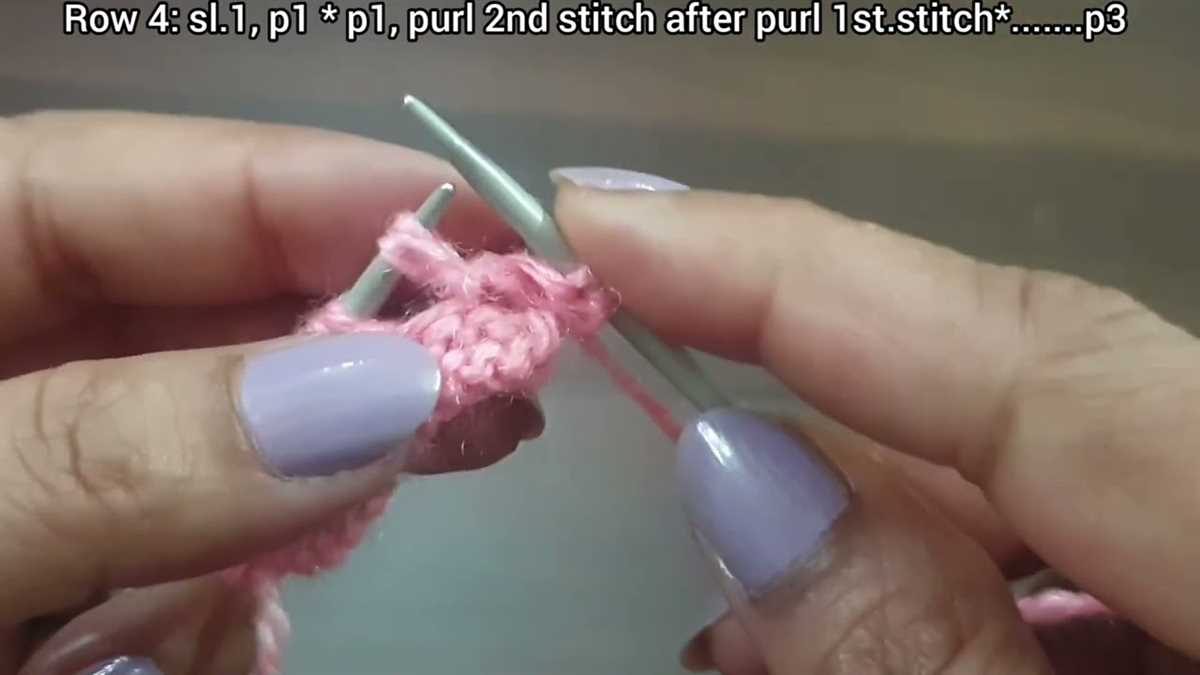
Knitting has long been a therapeutic and creative activity for many people, and making cancer caps for those going through chemotherapy is a thoughtful and meaningful way to support cancer patients. If you’re interested in knitting cancer caps to donate or for personal use, there are numerous resources available online that offer free patterns to help you get started.
1. American Cancer Society
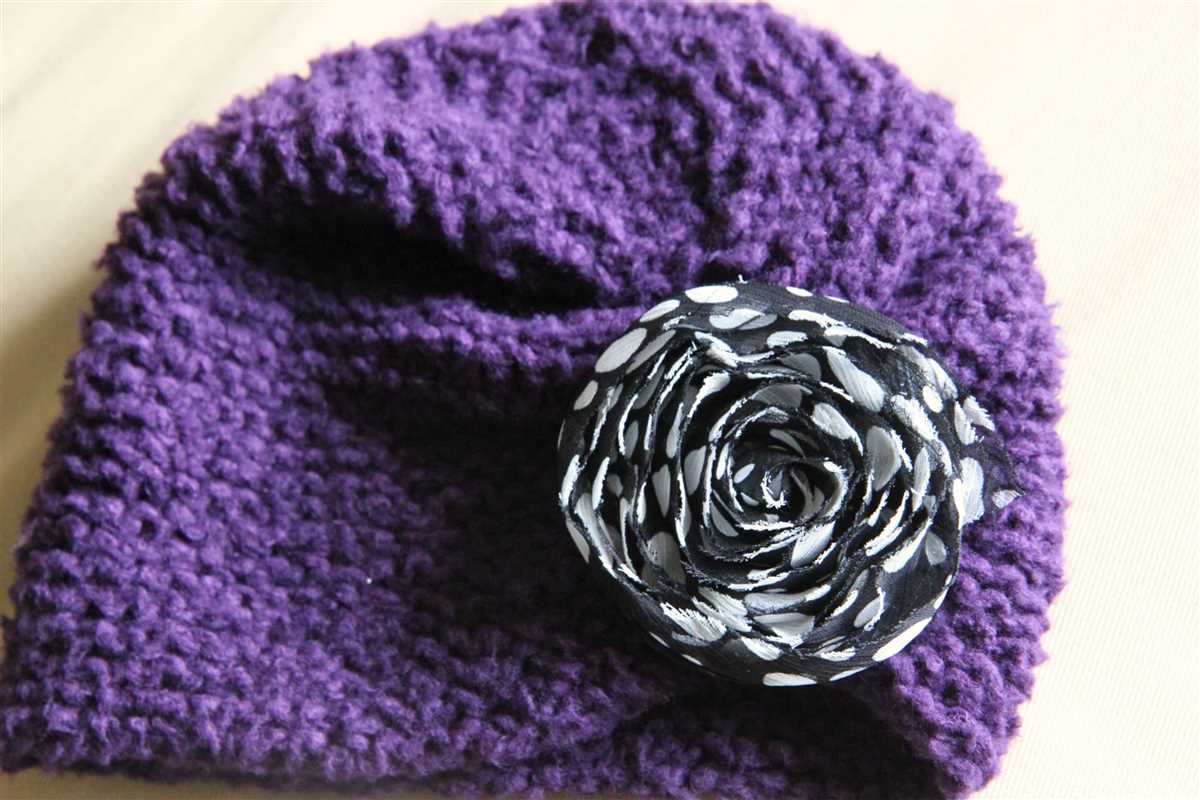
The American Cancer Society website provides a wide range of resources related to cancer, including a section dedicated to patterns for cancer caps. They offer different styles and designs suitable for both men and women, with detailed instructions and yarn recommendations.
2. Ravelry
Ravelry is a popular online knitting community that offers a vast collection of free cancer cap knitting patterns. Registered users can search for specific patterns, filter by difficulty level, and even connect with other knitters for support and advice. The platform provides a wealth of resources and inspiration for anyone interested in knitting cancer caps.
3. Knitting organizations and charities
Many knitting organizations and charities have dedicated sections on their websites that offer free cancer cap knitting patterns. For example, Knitted Knockers is a non-profit organization that provides free patterns for knitted breast prostheses, including patterns for cancer caps. These organizations often have detailed instructions and helpful tips to ensure the caps are comfortable and suitable for chemotherapy patients.
Overall, whether you’re an experienced knitter or just starting out, these resources can help you find the perfect pattern to knit cancer caps and show support for cancer patients in a meaningful way.
Charities and Organizations That Accept Knitted Cancer Caps
If you enjoy knitting and want to make a positive impact in the lives of cancer patients, there are several charities and organizations that accept knitted cancer caps. These caps are designed to provide warmth and comfort to individuals undergoing chemotherapy, who often experience hair loss as a side effect of the treatment.
1. American Cancer Society: The American Cancer Society accepts donations of knitted cancer caps through their “Caps for Cancer” program. These caps are distributed to cancer patients in need, helping to keep them comfortable during their treatment.
2. Knots of Love: Knots of Love is a nonprofit organization that accepts knitted and crocheted caps for cancer patients, as well as other handmade items such as blankets and shawls. These items are given to cancer treatment centers, hospitals, and individuals in need.
3. Children’s Cancer Association: The Children’s Cancer Association accepts donations of knitted cancer caps for children undergoing cancer treatment. They provide support and resources to families and children affected by cancer, and the caps are distributed to bring comfort and warmth to the young patients.
4. Chemocaps: Chemocaps is an organization that collects and distributes knitted caps to cancer patients of all ages. They accept donations of both handmade and store-bought caps, and their mission is to provide warmth and a sense of personal style to individuals undergoing chemotherapy.
5. Knitted Knockers: Knitted Knockers is a charity that accepts donations of knitted or crocheted breast prostheses for women who have undergone mastectomies. These comfortable and lightweight alternatives provide a natural look and feel, and they are distributed free of charge to women who request them.
6. Cancer Society Cashel: Cancer Society Cashel is a local organization in County Tipperary, Ireland, that accepts donations of knitted cancer caps. These caps are distributed to cancer patients in the local community, providing them with warmth and comfort during their treatment.
If you’re looking for a way to use your knitting skills to make a difference in the lives of cancer patients, consider donating your knitted cancer caps to one of these charities or organizations. Your handcrafted caps can provide much-needed comfort and support to individuals undergoing cancer treatment.
Inspiring stories of how knitting caps has comforted cancer patients
Knitting caps for cancer patients may seem like a simple act, but the impact it has on those going through treatment is immeasurable. Here are a few inspiring stories of how knitting caps has brought comfort and hope to cancer patients:
1. Sarah’s Story:
Sarah was diagnosed with breast cancer at the age of 32. Throughout her chemotherapy sessions, she experienced extreme hair loss that affected her self-confidence. However, receiving a hand-knitted cap from a stranger made a world of difference for Sarah. The cap not only kept her head warm but also served as a reminder that there are people who care about her well-being. Knitting caps became a symbol of hope and support for Sarah, and she now volunteers to knit caps for other cancer patients to spread the same comfort she received.
2. David’s Story:
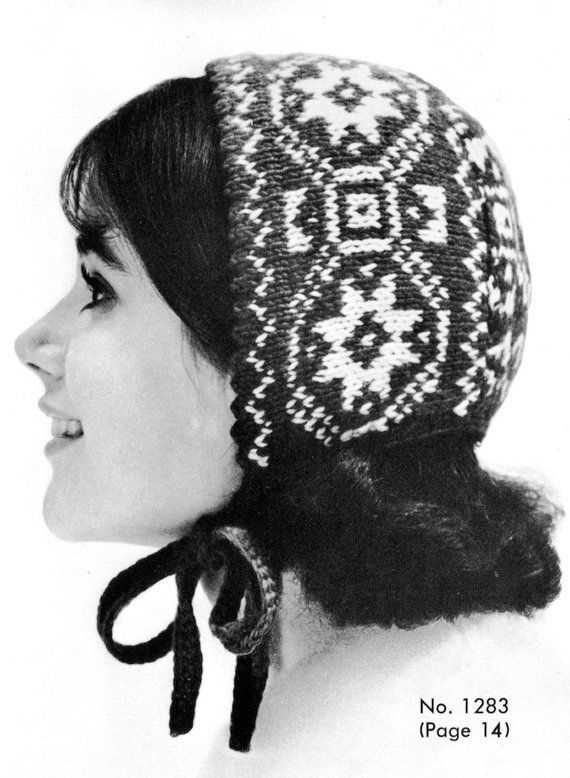
David, a 14-year-old leukemia patient, often felt isolated and different from his peers due to his illness. When he received a knitted cap from his grandmother, who had taken up knitting to support him, he felt an instant connection to the wider community. The cap became a conversation starter, allowing David to share his battle with cancer and educate others about the impact of the disease. Knitting caps not only provided physical comfort but also helped David feel less alone in his journey.
3. Maria’s Story:
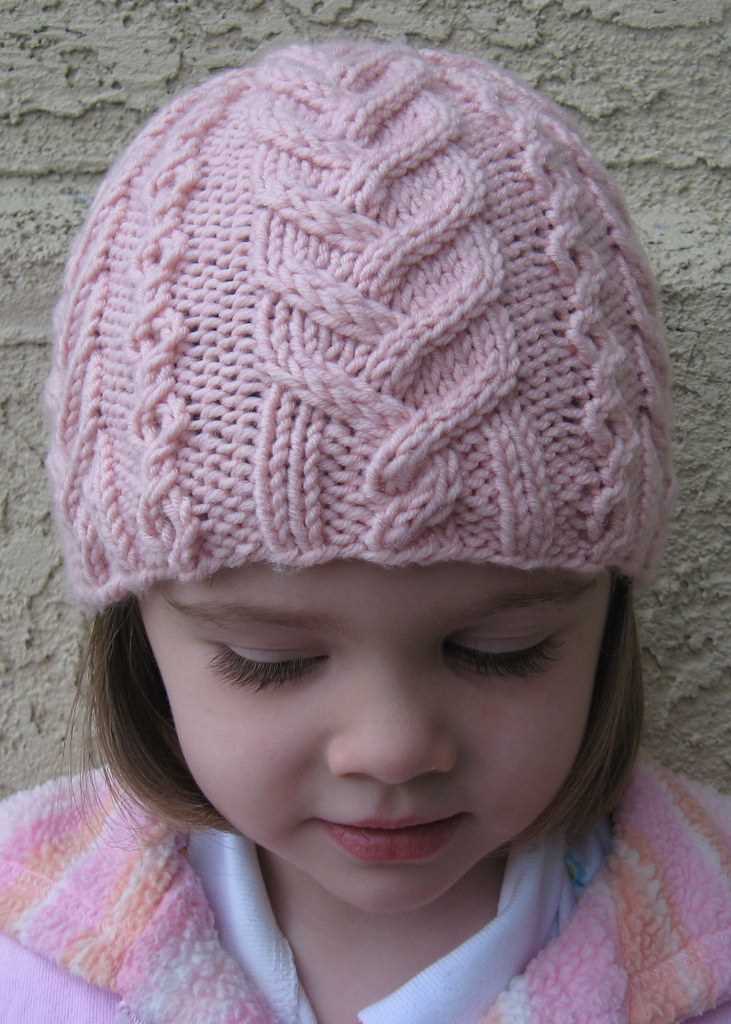
Maria, a 60-year-old ovarian cancer survivor, found knitting caps to be a therapeutic activity during her treatment. She joined a knitting group at her local cancer support center and bond with other patients and survivors over their shared experiences. Together, they knitted and exchanged caps, forming a strong support system. The act of knitting helped Maria shift her focus away from her illness and regain a sense of purpose. Today, Maria continues to knit caps, using her skills to bring comfort to others facing similar challenges.
These are just a few examples of how knitting caps has brought comfort, support, and connection to cancer patients. The simple act of knitting and gifting a cap shows patients that they are not alone in their struggles and that their community cares for them. Knitting caps has become a powerful symbol of hope and compassion, bringing warmth and comfort to those who need it most.